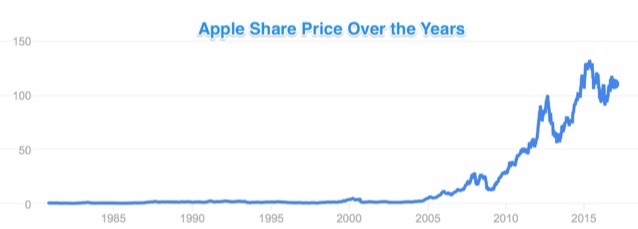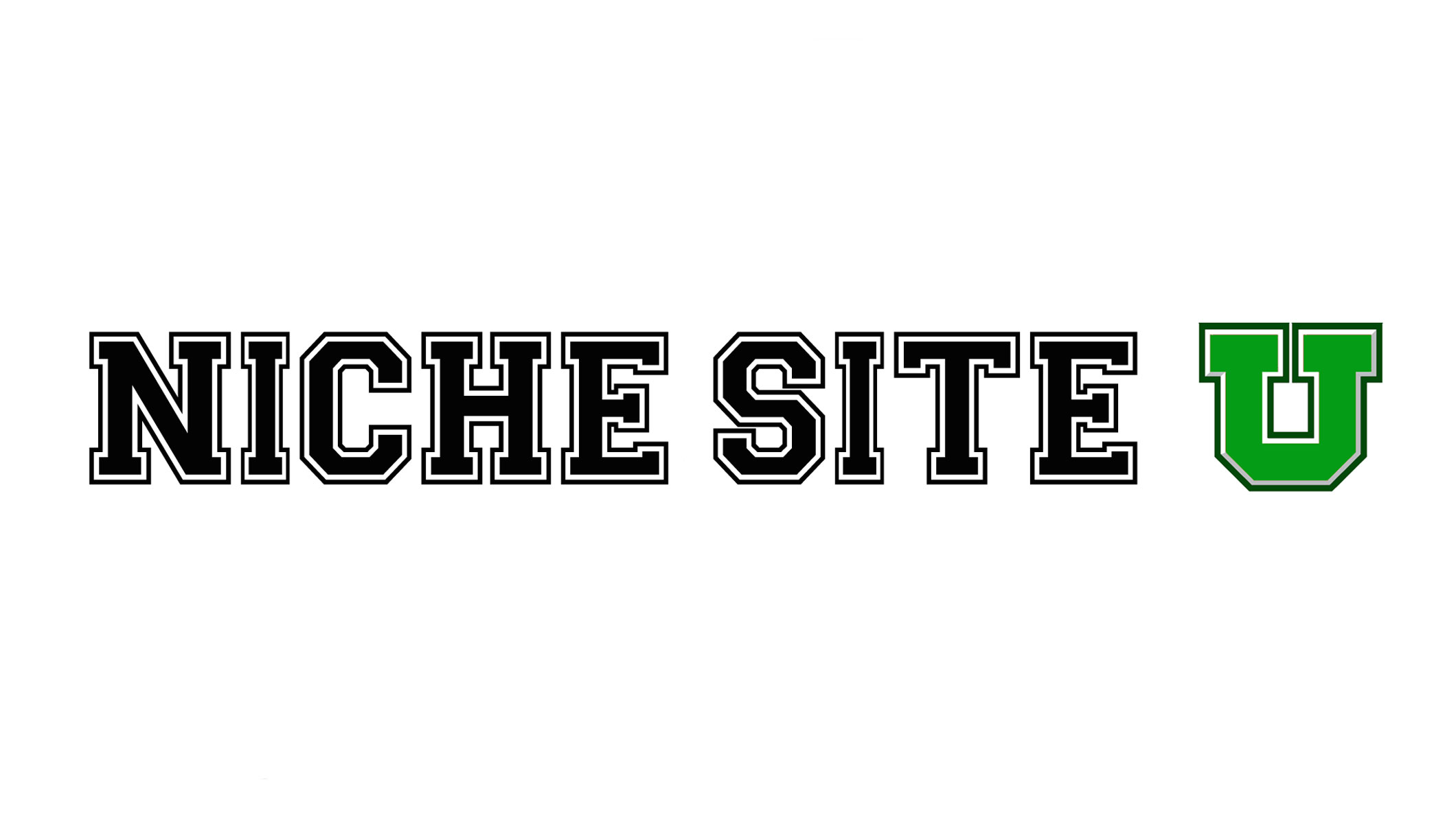Much more than just a buzzword, disruptive marketing is changing the way we react to, understand and accept companies and their advertising. From a business standpoint, disruptive marketing represents a key shift in an era where promotional strategies update as fast as the technology that carries them.
From a consumer standpoint however, all of this change can lead to uncertainty and confusion. Here’s how some of today’s top companies are changing the marketing space through disruption – and what you can learn from them.
What is Disruptive Marketing?
“Disruption is all about risk-taking, trusting your intuition, and rejecting the way things are supposed to be. Disruption goes way beyond advertising, it forces you to think about where you want your brand to go and how to get there.” – Richard Branson
Disruptive marketing is taking all the marketing rules you’ve heard and practiced faithfully – and stomping on them. It’s never settling for the way things are, but rather turning “the way it’s done” on its head. Disruptive marketing shakes things up by changing customer perceptions about not just the company – but the industry as a whole.
And here’s the important part. Because they’ve changed our perception entirely, we come to associate new, better and more positive feelings with the company and brand that started it.
Want an example?
Ask anyone around in the technological boom of the late 1990s if you should have bought an Apple computer back then.
After they finish laughing, they’ll likely explain to you that Apple products were regarded as bland, overpriced garbage.
Not only were they overpriced but most of what they came up with were rehashed clones of products that were superior in terms of processing power, features, price and available software. Apple’s stock tanked, if you can believe it, to a low of $4 per share.

Today, agree with it or not, Apple is synonymous with sleek, sophisticated, forward-looking products. People wait for hours, even days, in line to score the latest iPhones. What brought about such a shift? The design of an MP3 player in an age when most people were touting Discmans as the ultimate in portable music. And the innovation just kept growing from there.
That’s the kind of effect that disruptive marketing can have on not just a brand, but an entire industry and the way we perceive it. But not everyone can pull off a disruptive marketing campaign. No matter what industry you’re in, all of these types of campaigns have a few selective traits in common.
Key Traits All Disruptive Marketing Initiatives Have in Common
So what exactly makes a disruptive campaign…disruptive? Disruptive brands don’t just push the envelope, they crumple it up and throw it in the trash. They’re not afraid to be daring and break the status quo. But for all the buzz they generate, they also need to be able to ride the peaks and valleys successfully, as not everyone will be accepting of their challenge to a traditional mindset.
Here’s another great example, from the Singapore Red Cross. How many times have you been told in your life that you should donate blood? Probably many times. You know it can save lives and yet very few people take the time to do it – particularly healthy, young people. The Singapore Red Cross decided to change that with an ad that capitalized on young people’s love of selfies and celebrities by doing an ad called “Blood Ties”.

Music. Blogging. Comedy. All things that attract the younger generation. Forget the preachy “you need to give blood!” demands – this kind of ad speaks to them exactly in a way that resonates. It’s a win-win.
Why Customers Love Disruptive Marketing
Most customers love disruptive marketing because it changes the face of how we perceive advertising. If done well enough, it even becomes a part of our vocabulary. When was the last time you called a cab? When was the last time you called an Uber? There are even more reasons that customers respond so well to disruptive marketing. Namely:
It’s Approachable
Disruptive marketing often tells a story in a way that consumers can understand. In one example from Spain that went viral around the world, an ad against child abuse showed an image of a child with the caption “sometimes child abuse is only visible to the child suffering from it.”
Most adults got the message, but its true impact was understood only by children. Using lenticular technology, when viewed from a certain height, the ad’s message changed entirely:
From a child’s height, the message showed the boy with bruises and cuts indicative of abuse, and the ad read “if someone hurts you, call us and we’ll help you.” The ad was meant to speak to victims of abuse even – and especially –when they’re out with their abuser.
It’s Affordable
Disruptive marketing doesn’t have to break the bank in order to be effective. It just has to change how things are done – even a little. Case in point: Air fresheners. You probably don’t give much thought to buying them. You just want something that smells good, right?
But what if you could do more than that? What if you could create an entire mood just by the scent that best describes your décor? Airwick created such a quiz-style design with its Scent Decorator:

By clicking just a few images, you get a better idea of the feeling you want to create in your room, along with recommended air fresheners to complement it. Not bad for a can of smelly air, is it? This kind of process takes an ordinary, inexpensive thing and transforms it into something more – and that’s the kind of disruption that customers can feel comfortable with.
It’s Often Imitated, Never Duplicated
One of the best reasons customers (and businesses) respond so favorably to disruptive marketing – especially after the initial shock wears off, is because it can’t easily be duplicated. There’s only one Airbnb. Only one Red Bull. Only one Apple. Companies who try similar tactics to position their brand in a related way will be ignored in favor of the first to have done it. And when you have that kind of a lead on the competition, it makes sense to do everything you can to stay one step ahead.
It Hits a Common Touchpoint
Disruptive marketing is that loud and sometimes obnoxious friend that says what we’re all secretly thinking. The Dollar Shave Club turned subscription-based marketing into a huge trend by offering razors for $1 a month. But the reason they found such success wasn’t because of their pricing – it was because their founders came together over a common complaint: They were tired of expensive razors with ironclad packaging and countless “technological features” like flashlights, ionized organic coatings and salad slicers built into the handle, and still the same painful, bumpy shave.
It remains to be seen if Dollar Shave Club can keep up the disruption that their viral videos were famous for – especially after being bought for a BILLION dollars by personal care and shaving giant Unilever.
Now It’s Your Turn…
What are your thoughts on disruptive marketing? Have you seen a particular ad campaign that really changed the way you perceived a particular brand or industry? Share your thoughts with us in the comments below!
About the Author: Sherice Jacob helps business owners improve website design and increase conversion rates through compelling copywriting, user-friendly design and smart analytics analysis. Learn more at iElectrify.com and download your free web copy tune-up and conversion checklist today!

